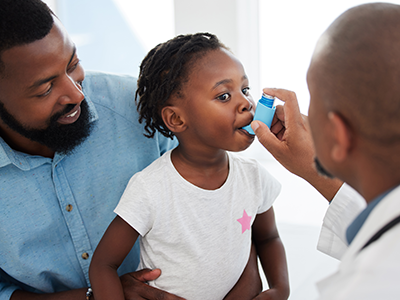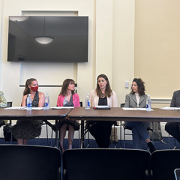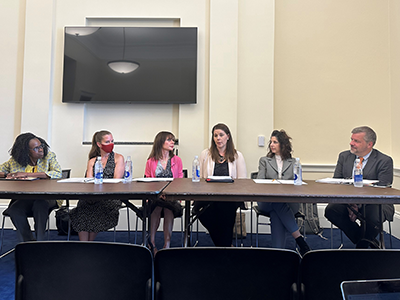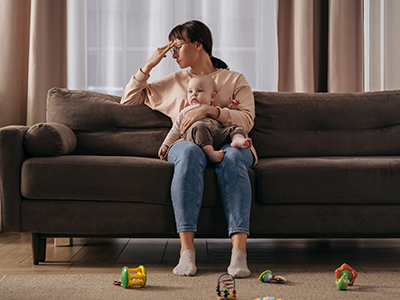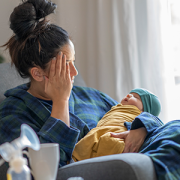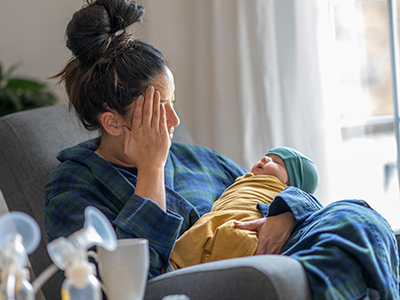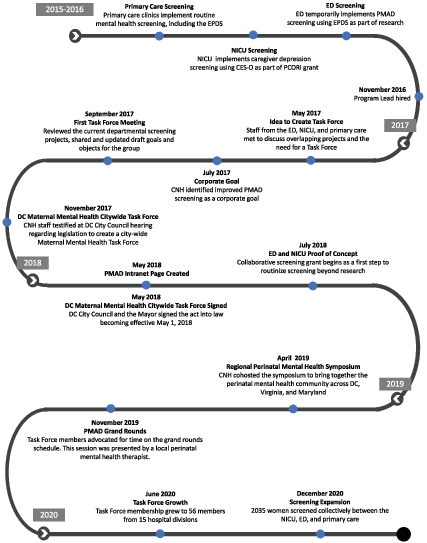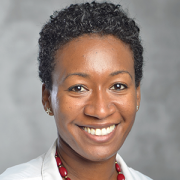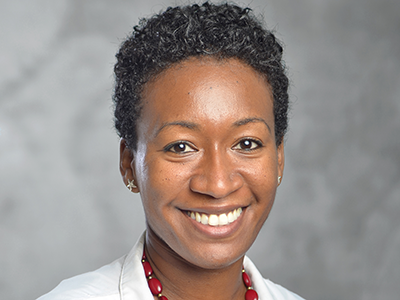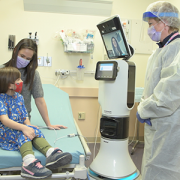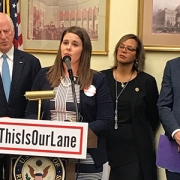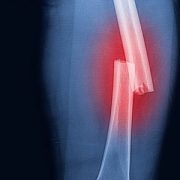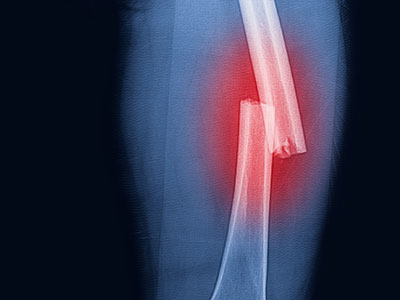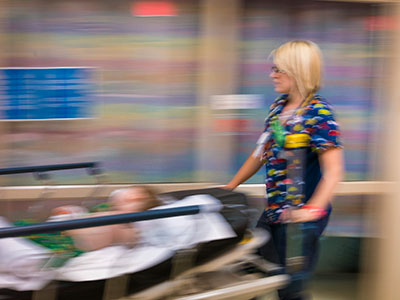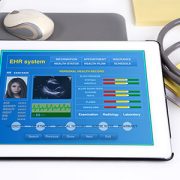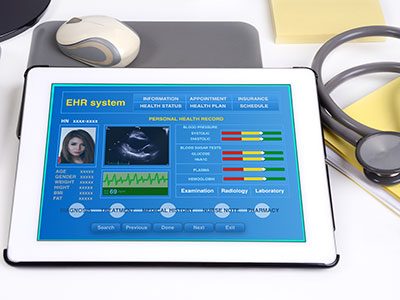Mental health care gaps in pediatric emergency rooms
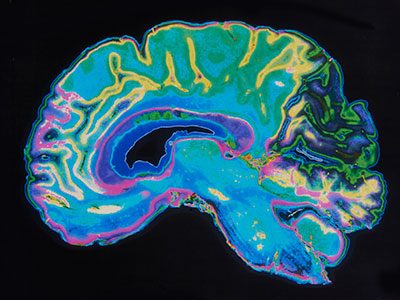
Over the past 20 years and beyond, evidence shows inequities in pediatric mental health care in emergency departments.
Mental health disorders affect nearly 20% of adolescents across the United States. There has been accumulating research over the past 20 years and beyond which has documented inequities in pediatric mental health care in emergency departments (EDs). In a recent study published in Pediatrics, researchers at Children’s National Hospital summarized the full breadth of this research to understand the extent of inequities and facilitate further work that addresses these differences in mental health care.
The big picture
Eden Efrem, clinical research coordinator at Center for Translational Research, Monika Goyal, MD, MSCE, pediatric emergency medicine specialist and co-director of the Center for Translational Research, and other researchers examined and summarized research published from 2002 to 2024 to better understand inequities in pediatric mental health care provided in the ED. The team reviewed over 2,100 articles and of those, 50 articles met inclusion criteria for this review.
“Mental health care gaps were reported in ED mental health-related visits, ED disposition – including admission, discharge, transfer, and readmission – outpatient and follow-up care, diagnosis of mental health conditions, ED referral and pre-hospitalization, length of stay and boarding, anxiety care, suicidal ideation/self-harm care and restraint use in EDs,” Efrem said.
Why this matters
These findings aim to guide future research, development and implementation of evidence-based interventions and policies that address the underlying contributing mechanisms of these inequities. This includes looking at clinician implicit bias and barriers to mental health care access.
“By identifying gaps in mental health care access, treatment and outcomes, these findings can guide the development of interventions and policies aimed at reducing these,” Goyal added. “These improvements can help improve the provision of fair mental health care thereby enhancing patient trust, improving communication and ensuring access to quality mental health care. Ultimately, this can lead to improved mental health outcomes for children and youth.”
Moving the field forward
The researchers found that differences exist in many facets of mental health care, from ED utilization to mental health care provision, such as physical restraint use.
“Addressing gaps in care is important because every individual deserves equal access to high-quality, evidence-based healthcare,” Efrem said. “Addressing these can not only enhance patients’ mental health outcomes, but also positively impact other areas of their lives, such as educational performance, social well-being and overall quality of life.
The ADAPT Lab, led by Dr. Goyal at Children’s National, is at the forefront of identifying and addressing gaps in pediatric health care, specifically in EDs. The lab is working to improve quality of health care provision and outcomes in mental health care, asthma care, sexual health and pain management by developing and implementing evidence-based interventions in the ED.
The study was funded by the Jesse Ball DuPont Fund.




